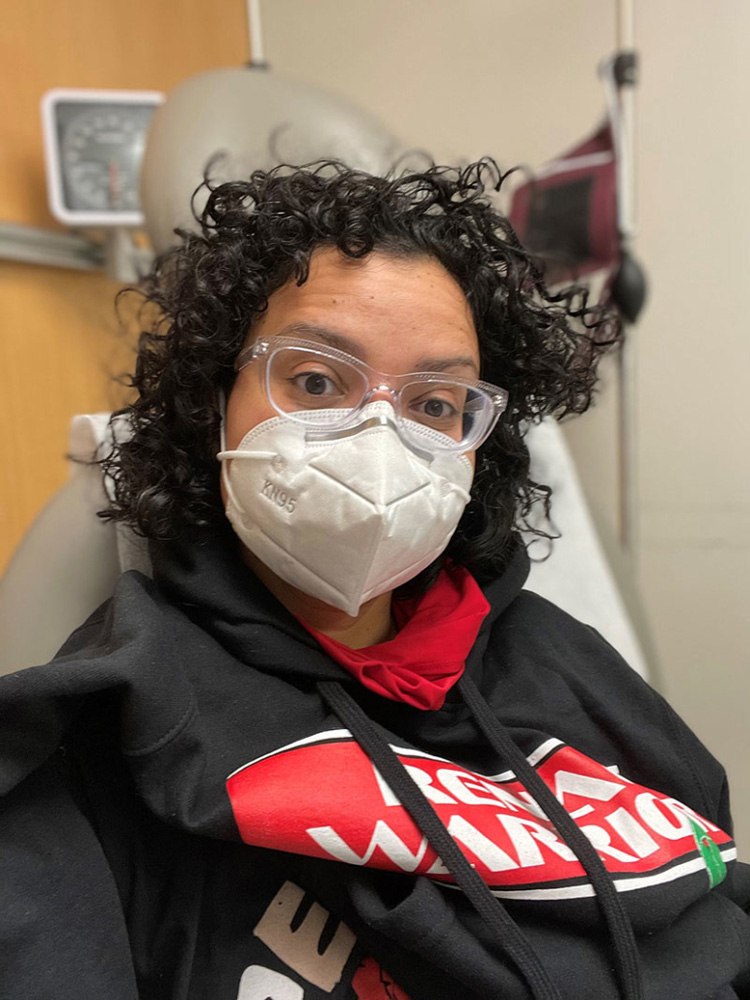“How do you know you have IgA nephropathy?” asked Gisela’s nephrologist skeptically.
Gisela was 30 years old, talking to a nephrologist for the first time in a decade. She had been diagnosed with IgA nephropathy, a rare kidney disease, at the age of 14. Back then, a stubborn bout of strep throat had her home from school when she noticed her urine was the color of Coca-Cola. Rounds and rounds of tests and more than 5 months later, doctors performed a kidney biopsy and determined Gisela had IgA nephropathy or IgAN.
Regular visits with a nephrologist became infrequent, and then nonexistent in Gisela’s 20s. She shared her IgAN diagnosis whenever she spoke to her doctors, just to be sure that anyone who treated her for absolutely anything knew – whether she was in for a physical or a sinus infection.
Fast forward 16 years from her diagnosis and Gisela has a stomach flu. She recovers and three days later it comes back with a vengeance and an excruciating headache that lands her in the ER. Learning of her longstanding kidney disease, the ER team urged her to see a nephrologist immediately.
The nephrologist didn’t initially impress her. The specialist questioned how she knew she had IgAN and seemed dismissive of her high creatinine and high blood pressure. He ordered labs.
“I love my nephrologist. He ended up being amazing,” she said. When the lab work returned, he called her personally and asked her to come to the office. He explained she was losing too much protein and needed to be on a regimen to control her blood pressure and slow down the protein loss.
“When I think about having this disease, that’s when it became real.”
They tried a cocktail of medicines – ACE inhibitors, prednisone. “It’s treating symptoms, not managing the disease,” she said. “The goal is to keep your kidney function for as long as possible,” she remembered the nephrologist explaining, “and if ultimately you need a transplant or dialysis, the goal is going to be for you to have a preemptive transplant.”
Eight years later, she did.

